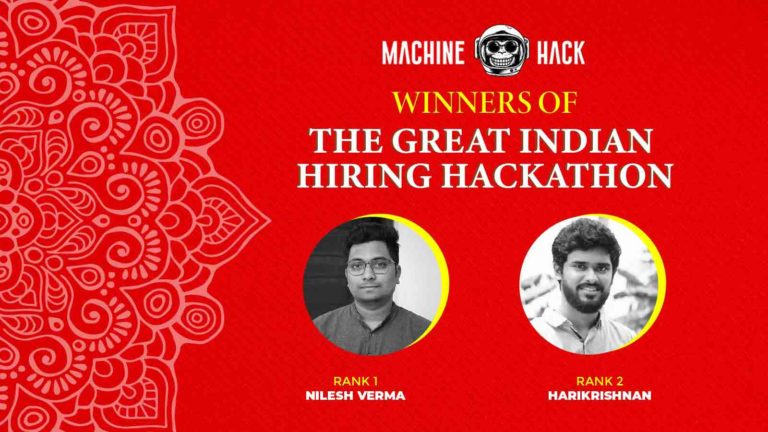The works of R.A. Fischer, S.N. Roy, and the likes on multivariate analysis in the 20th century have laid the foundation for the now popular statistical analytical approach that helps organisations in their decision making. The technique has become an invaluable tool for researchers and data scientists to interpret huge datasets.
Here, we break down the strengths and weaknesses of multivariate analysis.
What is Multivariate Analysis
Multivariate is a process of including multiple dependent variables in a single result. It is a set of techniques to analyse datasets with more than one variable, making multivariate analysis instrumental in solving real-world problems.
For instance, when you buy a car, you have to account for multiple factors, including features, functionality, colour, price, etc.
When measuring several variables on a complex experimental unit, it is necessary to analyse the variables at the same time. According to Alvin Rencher, a Professor of Statistics at Brigham Young University, Multivariate analysis allows researchers to explore the joint performance of such variables and to determine the effect of each variable in the presence of the others.
Brass Tacks
Multivariate analysis helps market and research analysts to understand and quantify the relationship between the variables in a dataset. It extracts insights from the massive data by determining the contribution of each variable.
However, Multivariate analysis is a complex method, and to perform such techniques, organisations need to hire statisticians and experts. Unlike traditional A/B testing, multivariate analysis can be time-consuming as it deals with large swathes of data.
The popular techniques in multivariate analysis include cluster analysis, principal component analysis, Multivariate Analysis of Variance (MANOVA), generalised procrustes analysis, multidimensional scaling, latent class analysis, latent profile analysis, latent trait analysis, factor analysis, regression analysis, discriminant analysis etc.
Principal Component Analysis (PCA)
Principal Component Analysis (PCA) is the method of computing the principal components and using them to perform a change of basis on the data.
Strength:
- PCA helps in removing the correlated features and makes the process time-efficient.
- It helps in reducing overfitting and enhances the performance of the algorithm.
Weakness:
- It is essential to standardise the data to implement PCA, lest it will fail at searching the optimal principal components.
- The independent variable becomes less interpretable, leading to information gaps.
Cluster Analysis
Cluster analysis is used to classify a sample of subjects or objects based on a set of measured variables into different groups.
Strength:
- The collected data can be tailored to certain research.
- The technique can be used for image analysis, pattern recognition, knowledge retrieval, and more.
Weakness:
- Cluster analysis has zero mechanism for differentiating between relevant and irrelevant variables. Hence, the choice of variables included in a cluster analysis must be underpinned by conceptual considerations.
- The method can be expensive and time-consuming.
Multivariate Analysis of Variance (MANOVA)
Multivariate analysis of variance (MANOVA) is used for comparing multivariate sample means. It is used when there are two or more dependent variables.
Strength:
- MANOVA is useful in experimental situations where at least some of the independent variables are manipulated.
- The technique can protect against Type I errors that might occur if multiple ANOVAs are conducted independently.
Weakness:
- MANOVA is a complex method compared to ANOVA, which can be time-consuming without prior knowledge.
- MANOVA uses multiple discriminate functions that may be difficult to interpret.
Factor Analysis
Factor analysis is a method of grouping a set of variables into related subsets. This technique can operate on either the correlation matrix or the covariance matrix of a set of variables.
Strength:
- It can help in reducing the number of variables by combining one or more variables into a single factor.
- The technique is time-efficient.
Weakness:
- The usefulness of this technique depends on the researcher’s ability to develop a complete and accurate set of product attributes.
- Factor analysis can become an issue if it is provided with less valid or reliable data.
Discriminant Analysis
Discriminant analysis is used to classify observations into non-overlapping groups, based on scores on one or more quantitative predictor variables. There are different ways to conduct a discriminant analysis, such as two-group discriminant analysis and multiple discriminant analysis.
Strength:
- The discriminant analysis offers the possibility for classifying cases that are “ungrouped” on the dependent variable.
- It helps in classifying ungrouped cases.
Weakness:
- The technique is sensitive to outliers.
- No dependent variable may be perfectly correlated to a linear combination of other variables.
Wrapping Up
Multivariate analysis is used to analyse data for meaningful insights. Currently, the major use cases are in the areas of quality assurance, research and development, process optimisation, quality control etc.



















































































